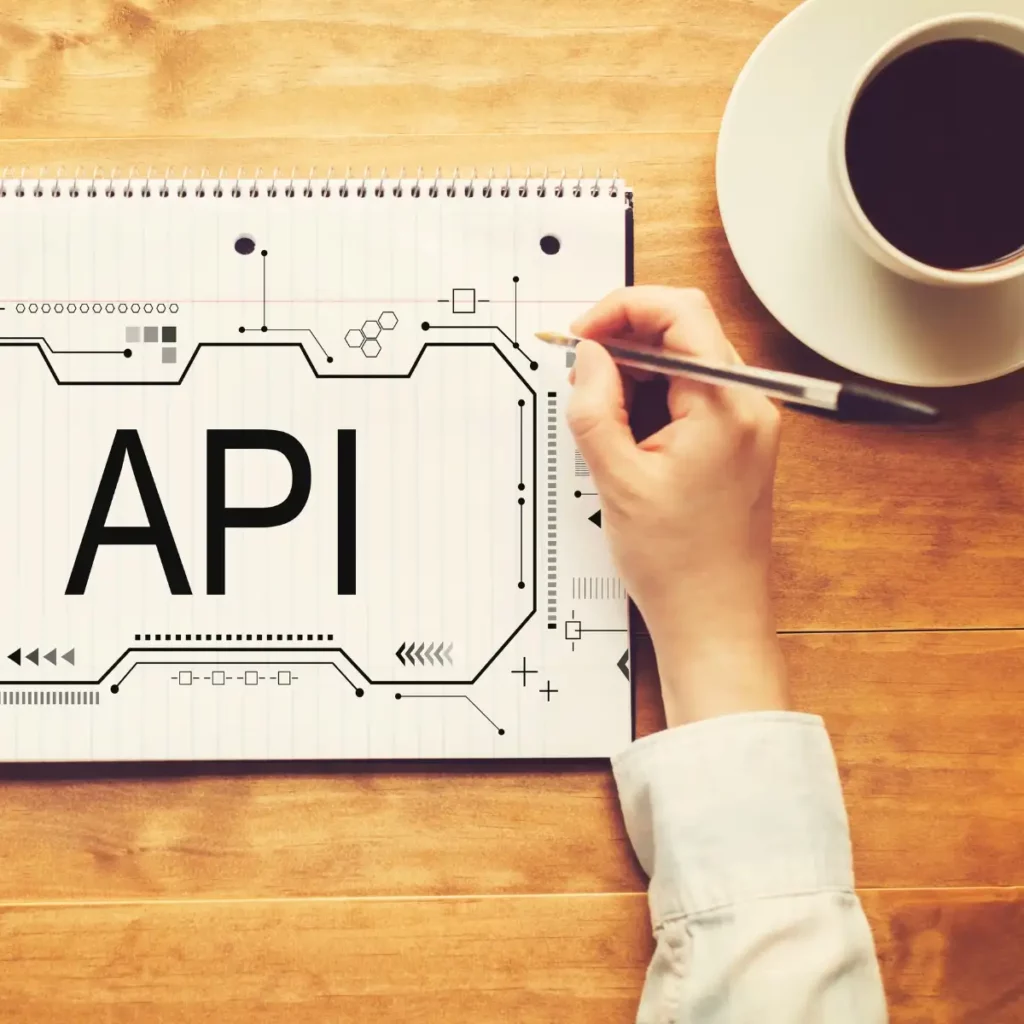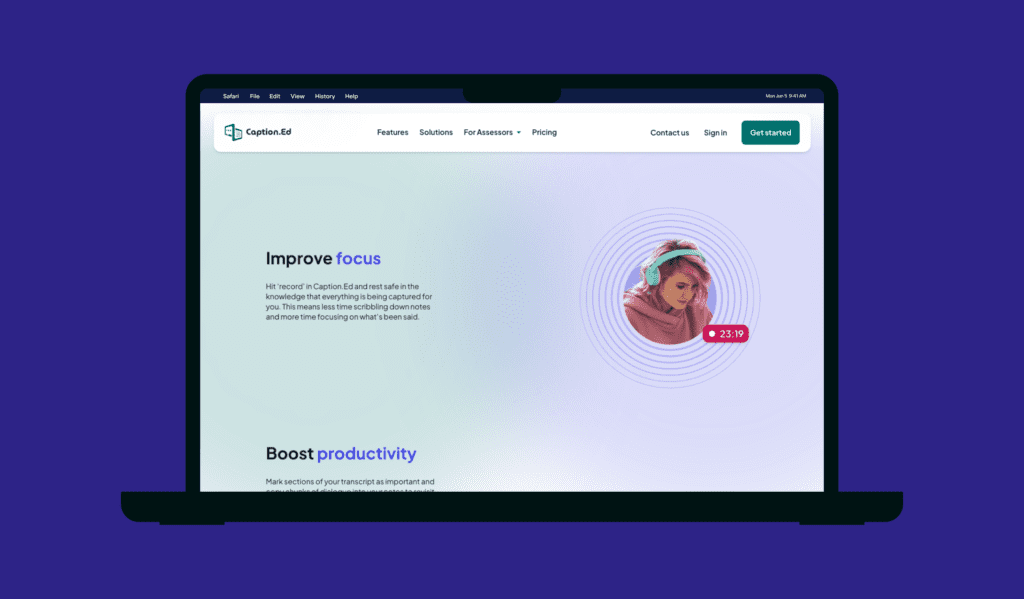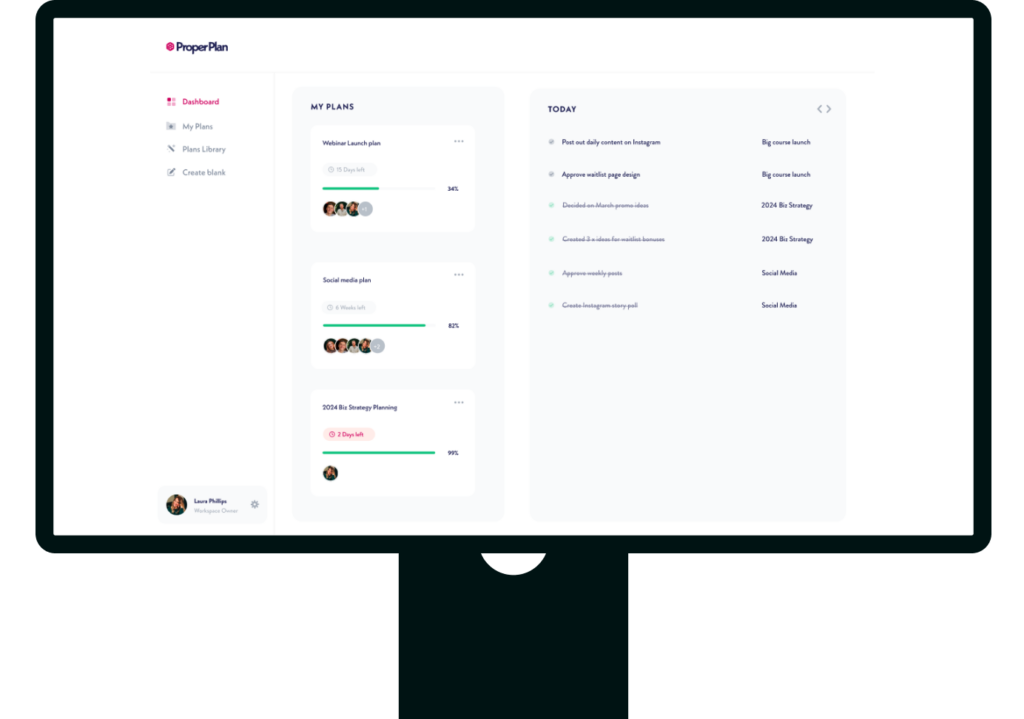Web API Development Services
Elevate your digital product with scalable, tailored API development. At Hiyield, we specialise in crafting APIs that seamlessly bridge the data and presentation layers, enhancing your applications to be smarter, more responsive, and user-friendly. Our expert developers ensure that each API is meticulously designed to foster integration and streamline communication between various software components, ultimately providing a robust foundation for your digital infrastructure.
API development services
Seamless communication between different systems
APIs, or Application Programming Interfaces, are vital for modern software, enabling seamless communication between different systems. These intermediaries facilitate functionalities like those seen in Slack or Google Chat, essential for maintaining consistent cross-platform performance. At Hiyield, we specialise in crafting APIs that integrate new functions and manage data efficiently, laying the foundation for robust software architecture.
The necessity of APIs extends to all digital ventures that require operational agility. They act as digital bridges, allowing flexible and responsive data flow, crucial for adapting to changing business demands. This makes APIs indispensable for businesses looking to enhance innovation and maintain a competitive edge.
Our approach at Hiyield involves a tailored API development process, beginning with a deep dive into your business goals during our discovery session. We focus on creating custom APIs that are not only secure but also align perfectly with your specific needs, ensuring your digital infrastructure is scalable and adaptable.

How we’ll deliver your API
Discovery and Strategy: Our API development process begins with a thorough discovery phase. We engage with your team to understand your business objectives, technical requirements, and the specific challenges you face. This initial strategic consultation helps us define the scope and design an API that aligns perfectly with your operational needs and business goals.
Design and Architecture: Following the discovery, we move into the design phase where we outline the architecture of the API. This includes defining the endpoints, data structures, and the types of interactions that your API will support. We ensure that the design is scalable, secure, and optimised for performance, preparing a blueprint that serves as a roadmap for the development phase.
Development and Testing: Our skilled developers then begin coding the API, implementing the defined architecture and integrating the necessary functionalities. Throughout the development process, we conduct rigorous testing to ensure reliability and performance. This includes unit testing, integration testing, and stress testing to guarantee that your API is not only functional but also robust against various load conditions.
Deployment and Monitoring: Once the API is developed and fully tested, we proceed to deployment. We ensure a smooth transition to live environments and provide comprehensive support during the go-live phase. Post-deployment, we continue to monitor the API’s performance and functionality, ready to make swift adjustments as needed based on real-time feedback and analytics.

How this helps your business

Enhanced efficiency
Our meticulously crafted APIs streamline your operations, enabling seamless integration and communication between different software components, ultimately boosting efficiency and productivity.

Tailored solutions
With a focus on thorough discovery and strategic planning, we deliver bespoke API solutions designed to address your specific business needs and challenges, ensuring optimal alignment with your objectives.

Robust performance
From scalable architecture to rigorous testing protocols, our API development process prioritises reliability and performance, providing you with a robust foundation for your digital initiatives and ensuring a consistently high-quality user experience.

Hiyield really did their best to understand our needs as a business, and they felt like an extension of our team.
Chloe Hughes , The Wave
Explore related work
Explore more Services
Discovery & UX Design
Hiyield’s Discovery & UX Design team go from research and definition to sketches and user-tested high quality prototypes, tailored to your unique vision, ensuring that each interaction provides a memorable user experience.
Development
Our Development team specialises in creating bespoke web and mobile solutions. We turn your ideas into efficient, scalable, and eco-friendly digital products.
Strategy
With Hiyield, it’s a partnership. Together, we build sustainable strategies, prioritising your growth and making certain our work together leaves a lasting positive mark.

Let’s get started!
Great digital products aren’t just built, they’re co-created. Together, let’s breathe life into your idea, crafting solutions that stand out.








